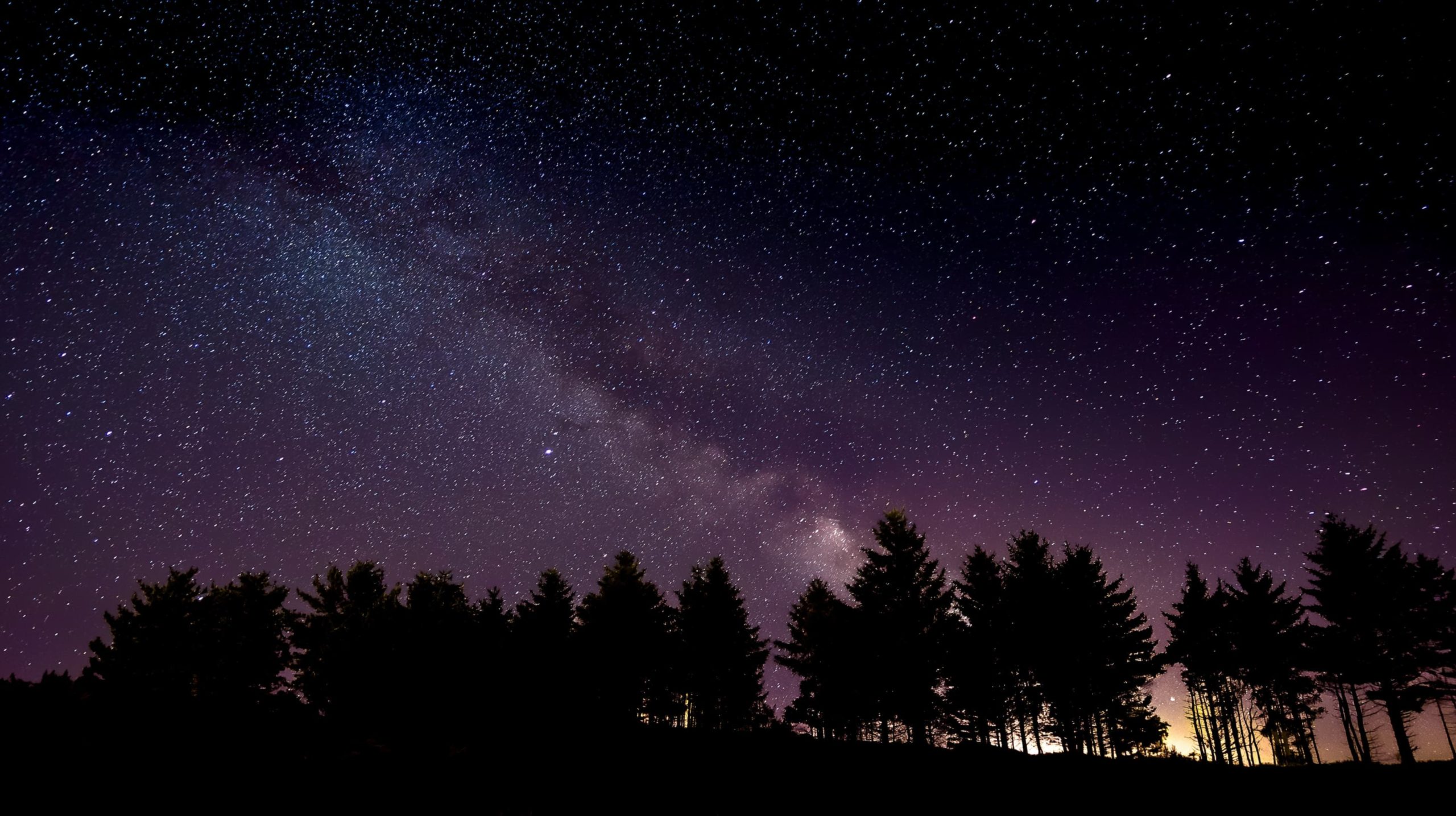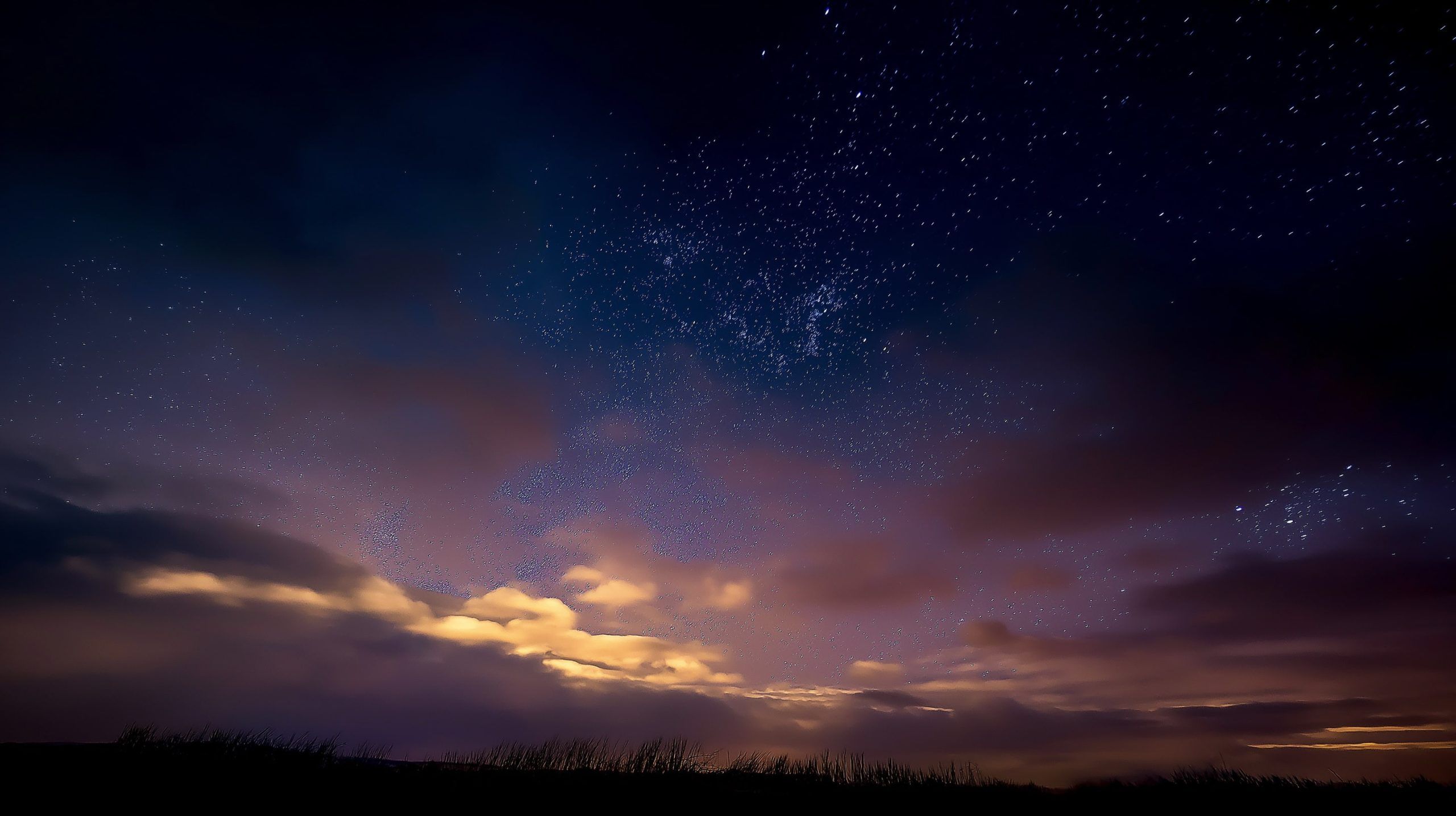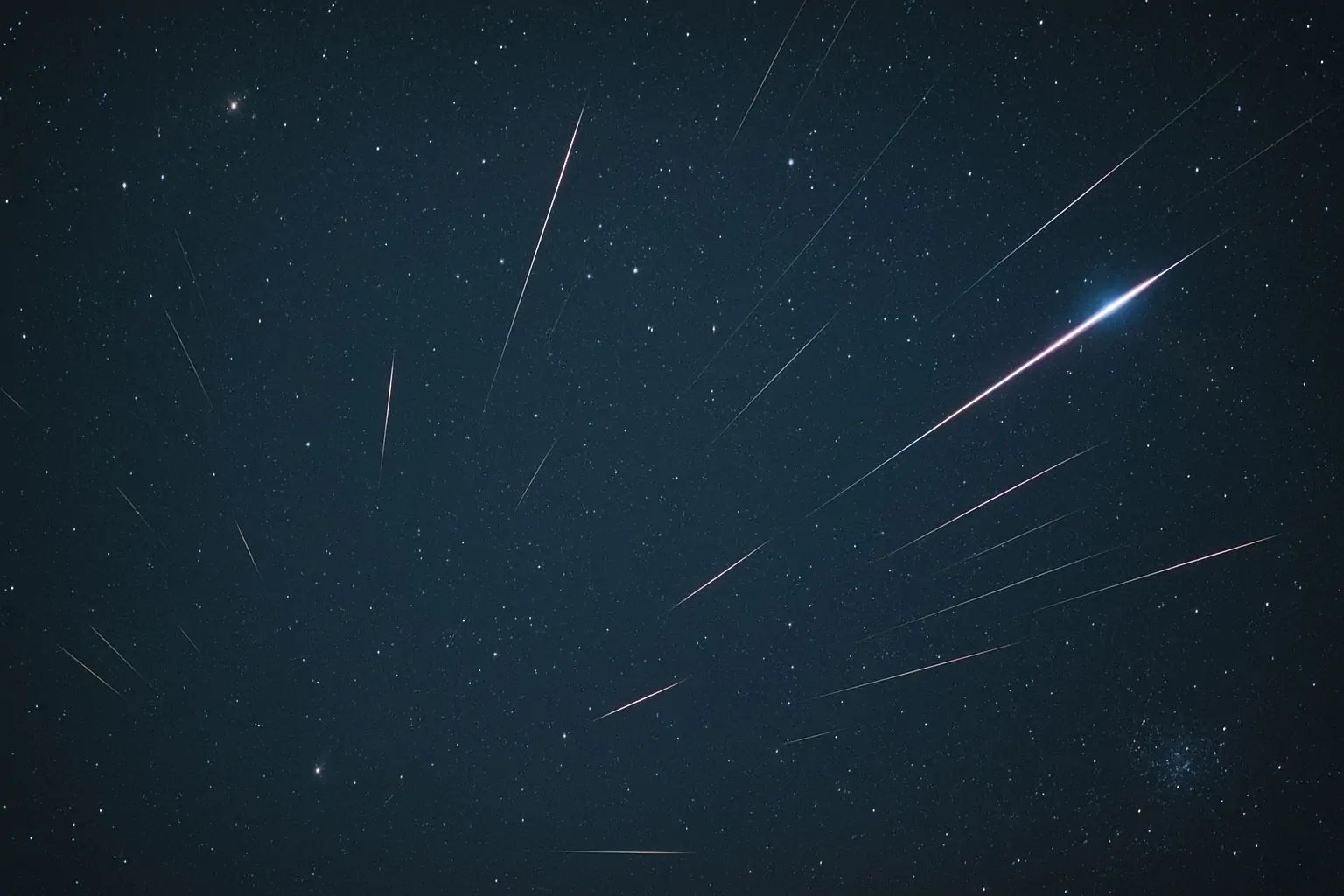
Cosmic Show This Weekend: Rare Meteors, Planet Parade & More (Sept 12–13, 2025)
A “Sweet Spot” for Stargazers in Mid-September “We’re in a stargazer’s sweet spot,” writes Mark Laurin, an astronomy guide known as “Astro Mark.” “The September sky is full of magic… the night air is still comfortable but with a mere









